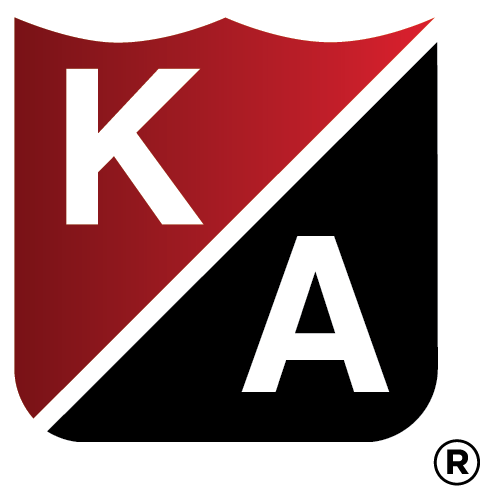RISK MANAGEMENT EDUCATIONAL VIDEOS
Brought to you by our friends at a/e ProNet
Scope of Services
Laurie Randolph, Esq., discusses that the best defense for a design professional is a written contract that includes a clear, concise scope of services. It should be a “meeting of the minds” of both the professional and the client about what specific services will be provided by the professional and by the client. She illustrates by examples good scope of services
Duty to Defend and Indemnification
David Ericksen, Esq., presents an informative discussion of 2 important parts of a contract, Defense and Indemnity. He discusses the impact of poorly drafted or too broad contracts which can lead to uncovered situations. Covered also is the concept of negligence, the limiting of defense obligation, and to an actual causation event. He ends with providing appropriate contract words that all design professional should use.
Limitation of Liability
This video discusses a key clause that protects the design professional from client claims and not third party claims. Kent Holland, Esq. reviews why such a clause should be included in the standard terms and conditions section and discusses how this clause should be written. In this video, he provides suggested wording for design professionals to use in their contracts.
Compliance with Law
Bruce Furukawa, Esq. discusses how to deal with a compliance with law provision in the contract. He provides wording that should be included within the contract to clarify this provision and protect the work of the design professional. Good compliance with the law clauses should include wording that it is applicable, non-conflicting and consistent with the standard of care.
Dispute Resolution
Terrance McShane, Esq., discusses how to make your practice more profitable and less risky by including an effective dispute resolution clause. He suggests that to make the clause effective include a 60 days informal negotiation period before embarking on mediation. He provides 11 reasons why you should select litigation over arbitration and finally, with litigation, the benefit of opting for a trial by jury rather than a judge.
Standard of Care
What is Standard of Care and its impact on the legal exposure of a design firm is discussed and recommendations made by Laurie Randolph, Esq.. She advises to exclude language that would obligate you to a higher level of care and possibly create insurance problems. Finally, she recommends that the contract include a reasonable standard of care clause and that the design professional exercise reasonable standard of care in design and construction administration.
Certifications
David Ericksen, Esq. provides a discussion about the importance of certifications required by clients and public entities. He points out that if not handled properly with wording that provides specific limitations, it has an impact on the liability exposure of the design professional. This vides includes specific language that a design professional should include when providing a certification, so that the professional properly manages their risk.
Site Safety
Discussed in this video is how does a design professional should reduce the responsibility for site safety. Kent Holland, Esq. provides guidance that a contract must contain clear and unambiguous language defining what the design professional’s role for site safety and also what the design professional should do if the professional witnesses a situation of eminent danger. He also recommends including in your contract the specific AIA contract language for construction phase services and shop drawing review phase.
Ownership and Copyright of Documents
Bruce Furukawa, Esq. covers the subject of the ownership of the intellectual property rights and copyright laws and how they apply to the work of the architect. He further discusses how to handle the transfer of the documents to the owner by providing a license to use the documents without the architect’s review and supervision. Included in the video is a discussion of the risk involved and the protection needed if the documents are reused without the approval of the architect.
The Benefits of Value Based Billing
This video is devoted to a discussion promoting architects adopt a Value Based Billing system to make your practice more profitable. Terrance McShane, Esq. suggests potential differences in the concept design phase where the principals are more involved, and the schematic phase on the project. He also advocates that architects should include a one-way attorney fees clause to make your practice more profitable.

















